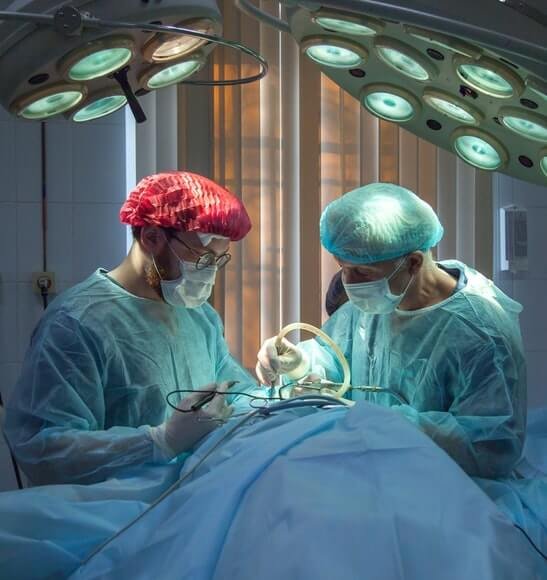Just as technology has changed the way people communicate, behave, and live their lives, it has also been the primary driving force behind improvements in health care. Technology has made medical treatment more accessible with breakthroughs in data collection, exploration, and research. It has also made patient care significantly safer and more reliable as cloud-based systems allow health care providers to record and access patient data in real time.
Surgical procedures, in particular, have advanced at breakneck speeds, thanks to revolutionary technologies that are streamlining operating room capabilities. Here are six medical technologies that are redefining the future of surgery:
- Surgical Headlights
Many people may be under the impression that surgeons can just rely on overhead lights or bright headlamps when they’re performing complicated surgical procedures. The truth is, standard bulbs and light sources don’t produce enough of the ‘whiteness’ that surgeons need to see with better clarity. This is where a surgical headlight vendor like BFW has made impressive strides.
Today’s surgical headlights offer optimal illumination and flexibility. Some models coaxially align with the surgeon’s line of sight, improving their focus and aim. Others may come in ergonomic designs that help reduce eye strain, especially during lengthy procedures.
- Medical Imaging
Health care providers have long used magnetic resonance imaging (MRI) machines to look inside the body’s complex anatomy. A new technology that’s based on the same principles as MRI has emerged in recent years.
Magnetic resonance-guided focused ultrasound surgery (MRgFUS) was developed as an alternative to invasive surgery. The technology allows for the noninvasive removal of fibroids and tumors without the dangerous side effects of radiation treatment. This technology is currently being used in many countries across the world in numerous applications in the fields of gynecology, oncology, and neurosurgery.
- Holographic Anatomy
Tech giant Microsoft is currently working on an augmented reality (AR) headset called HoloLens. The device projects digital information onto visible space. It has potential applications for surgeons as the device may help them see beyond skin and bones and perform more accurate surgeries. Some medical schools are, in fact, now using holograph technology instead of traditional dissection and cadaver labs.
- 3D Bioprinting
One of the biggest problems in health care today is the shortage of organs. Regenerative medicine may soon be able to address the problem with the current research on 3D bioprinting.
This upcoming technique uses biocompatible cells and materials to fabricate living tissues and organs. A team of doctors in China has already built a full-sized model of a baby’s heart. The team was also able to complete the surgery, and the baby survived with minimal adverse effects.
- Robotics
In the past few decades, robotics has already made a significant impact in health care. It has automated certain tasks, ensuring lower costs and greater accuracy. Surgical robots, for example, have successfully assisted doctors in performing complex procedures with cutting-edge precision, flexibility, and control.
Here are some of the most notable robots in the surgical scene:
- The da Vinci® Surgical Robot: This surgical system was designed to make surgery less invasive and help reduce medical errors. It comes with magnified vision and arms that can hold objects and act as graspers, bovies, scissors, and scalpels.
- The CyberKnife: This surgical system precisely delivers radiation treatment to tumors. However, the CyberKnife isn’t actually a knife—it’s a radiation source installed on a robot that facilitates adaptable radiotherapy. The system makes it possible to treat tumors in areas that were once too complex to operate on, such as the head, neck, prostate, and liver.
- The TUG: The TUG is an independent, mobile robot that can transport medical materials, supplies, and meals around hospitals. It’s equipped with sensors to prevent it from running into people and objects. The system was developed to lighten the (literal) load of health care employees and allow them to focus on patient care.
- Nanotechnology
Nanotechnology takes robotics to microscopic levels. It’s already in use in several medical applications, including drug delivery, medical imaging, gene therapy, and cancer treatment. Nanodevices are also being used in diagnostics because they can help monitor a person’s vitals closely and detect chemical changes that are beyond the scope of traditional sensors.
Final Thoughts
The technological revolution in the health care industry is a combination of artificial intelligence (AI) and machine learning, automation and augmented reality, and cloud computing services. These solutions offer health care providers and professionals expert insight, analysis, and capabilities at a relatively low cost. With the continuous cooperation between human intelligence and technology, patients can expect to see elevated surgical efficiency and precision levels in the coming years.

